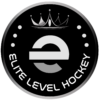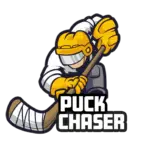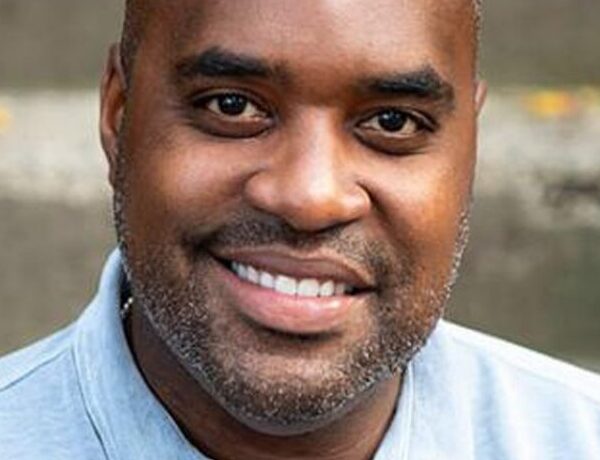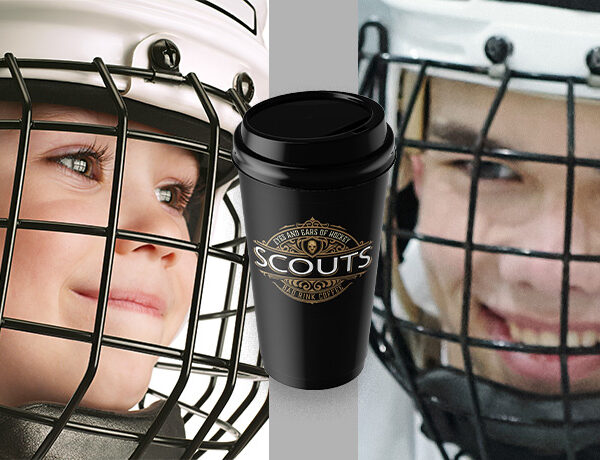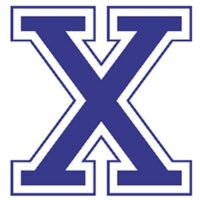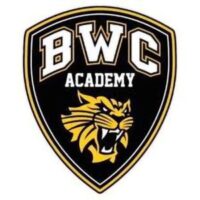BY LEANNE BROWN
Two years ago, I was introduced to a new type of fundraising platform that netted the team over $1,200 with almost no effort. All I had to do was shop as I normally do and the team would get paid.
In this day and age with technology at our fingertips, you no longer have to fund raise the same old ways. Forget about selling candy, raffle tickets, going door-to-door, or walking up to people cold to try to raise funds.
There’s an app for that. With FlipGive, you can raise funds without the hassles of collecting money and the effort to get things started is minimal.
What is FlipGive?
FlipGive is a fundraising platform that helps people raise money for important causes and for teams in a simple app that you can use from your smartphone.
The company believes that traditional fundraising methods are time consuming and often they don’t work because they take too long and require significant effort for little profit. Part of the issue is that the average individual receives so many requests for donations within a given year, that they don’t feel inspired to give.
FlipGive connects teams to major companies that are willing to fund their causes in exchange for you shopping at their company. It encourages individuals as well as members of teams to shop from the app’s partners, which increases their sales.
FlipGive was created by Mark Bachman (CEO) and Nicholas Lee (CTO) in 2015 and is based in Toronto, Canada. They realized that in order to raise funds for their school, school fundraiser programs usually had kids either sell certain products or perform particular activities such as walkathons to raise money.
These old-school fundraisers were annual events which had parents reaching deep into their pockets every single year.
Bachman and Lee understood that it was challenging for people to keep asking their friends and family members to buy products they did not want for the sake of raising money. So they created a shopping platform that would encourage major brands to give money to support groups in an app so easy and convenient that it would attract the interest of coaches, teachers, and anyone else who needed money to fund an activity that would impact the community in a positive way.
How does FlipGive work?
FlipGive is a lot like Rakuten. It is a shopping platform that gives cash back to teams and groups that are trying to raise money. The teams simply shop online. It’s that simple. There are many companies onboarding such as Walmart, Amazon, Gap, Indigo, The Keg, Hotels.com and many more.
With FlipGive, instead of getting team players to ask friends and family for money, or approaching companies for a donation, you can visit their website to make a purchase. FlipGive’s platform provides links that take you to the online stores of all its partner brands. You shop, and FlipGive will track your purchases and then deposit money into your FlipGive account in the form of cash back rewards. You are basically making money by shopping at your favorite online stores, buying movie tickets, booking tables at restaurants, and more.
Getting started
To get started with this platform, simply visit the app store or the FlipGive.com to sign up.
Once you complete the registration, you create a team, invite your team members to join and start shopping using the links on the platform. In a few days FlipGive will deposit your money in your account. Once the money is in your account, you can withdraw it whenever you want after you reach at least $100. It is free to join so there is upfront cash outlay for the team.
Get the app
FlipGive is an app available for both iOS and Android platforms and can be found on the Apple App Store or the Google Play Store through which users can access to over 600 stores online.
A great feature is that you can also use the app to find local places nearby. You can use also the app for planning team events, accepting donations, and accessing various perks throughout the year.
The money teams receive belongs to FlipGive. The brands who they have partnered with pay them commissions on every purchase team. The company gives a percentage to the teams who made the purchase.
Is it worth it?
Teams that shop on this platform can earn up to 25% cashback. The platform’s primary objective is to help local children’s sports teams raise funds. They believe that local sports teams are a vital part of a child’s development but have become too expensive. Many parents cannot afford to finance their child’s sport without some challenge. FlipGive wants to give children’s sports some help.
For any cash donation made to a team, the team gets to keep 100% of that amount. Note that the donor is expected to pay a 6% transaction fee.
While the amounts earned will vary depending on the activities of the team, the average team can earn as little as $500 or as much as $2,500 within six months.
How to succeed with FlipGive.
1) Shop Online
FlipGive has hundreds of brands that you can make purchases on to earn cash back for your team.
2) Shop In-Store
Find places near you where you can earn cash back. Simply link your card for payment or gift cards that you can redeem in stores. All you have to do is download the app to find all the places near you to shop.
3) Plan Team Events
Create earning opportunities by booking events for your team, which will allow you the opportunity to multiply your cash back. Team dinners should be planned at a place that partners with FlipGive.
4) Accept Donations
You can also accept donations from sponsors, friends, and family.
FlipGive is a solid fundraising platform that has helped more than 25,000 teams earn more than $20 million. I recommend you give it a go. Be sure to get it going at the start of the season well before the holiday shopping season.
And send out a reminder to the team once in a while to keep it top of mind. Good luck!
The post Team Fundraising Using FlipGive appeared first on Elite Level Hockey.
